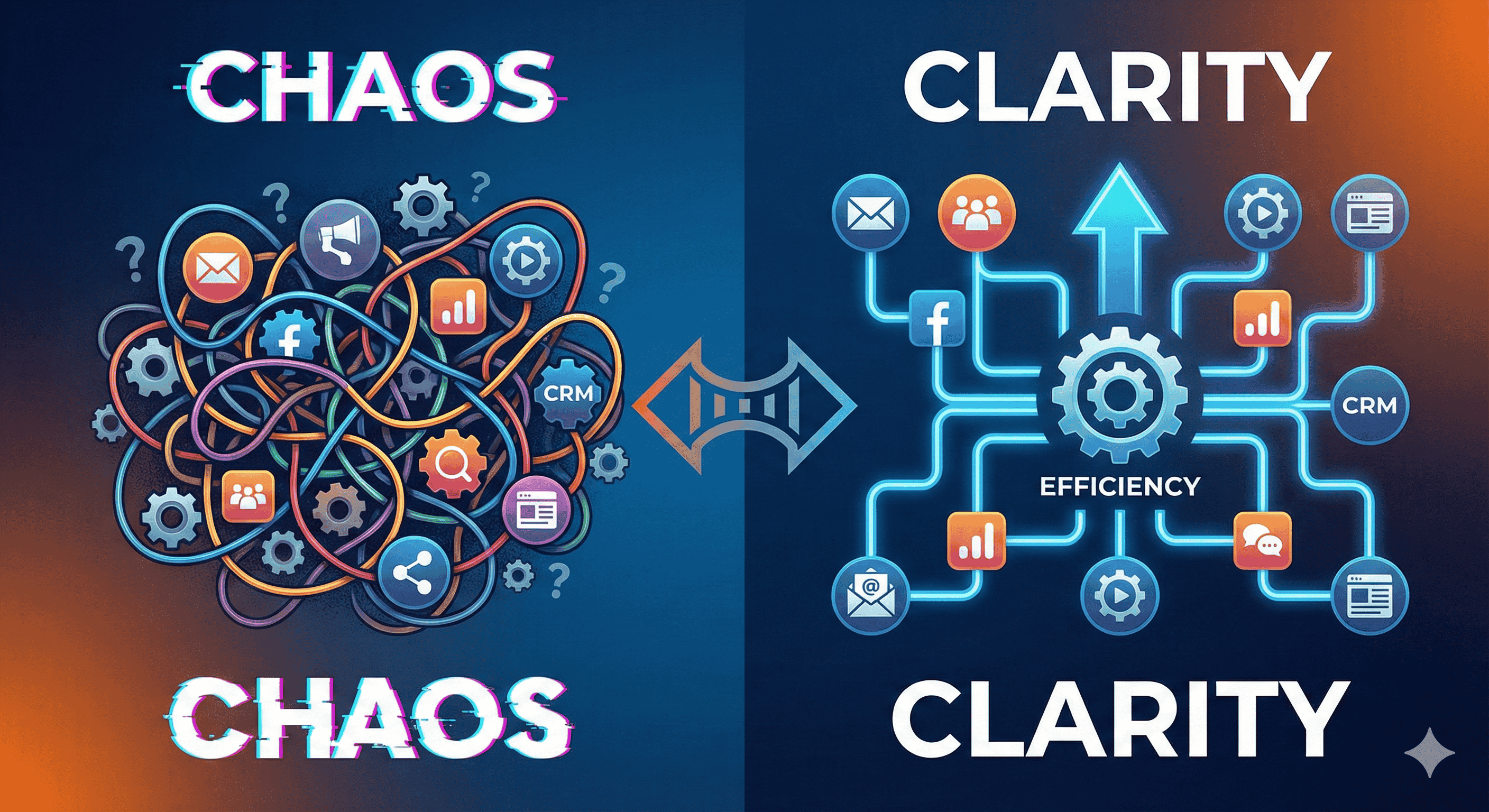In the rapidly evolving digital landscape, brands must strategically choose their platforms to enhance visibility, engage audiences, and drive conversions. Among the myriad of social media networks, three giants—Facebook, Instagram, and TikTok—stand out as formidable marketing tools. This article delves into the strengths and nuances of each platform, offering insights into their unique advantages for marketers.
Facebook: The Legacy Network
Strengths:
Broad User Base: With over 2.9 billion active users, Facebook offers unparalleled reach. Its demographic diversity allows brands to target various audience segments effectively.
Advanced Advertising Tools: Facebook’s advertising platform is robust, offering sophisticated targeting options based on user behavior, interests, and demographics. Marketers can create highly tailored campaigns that resonate with their audience.
- Community Engagement: Facebook Groups and Pages encourage community-building, allowing brands to connect with users on a personal level. This fosters loyalty and deepens relationships.
Challenges:
- Organic Reach Decline: Changes to the algorithm have made it harder for brands to achieve organic reach, pushing many toward paid promotions.
- Aging Demographic: Younger audiences are increasingly gravitating to other platforms, making it essential for brands targeting this demographic to diversify their social media strategies.
Instagram: The Visual Storyteller
Strengths:
Visual Appeal: Instagram is inherently visual, making it an ideal platform for brands in fashion, food, travel, and lifestyle sectors. High-quality images and videos capture attention and inspire engagement.
Influencer Marketing: The platform excels in influencer collaborations. Brands can leverage influencers with significant followings to reach targeted demographics authentically and effectively.
- Shoppable Posts: Instagram’s shopping features, such as shoppable posts and the Instagram Shop tab, streamline the buying process, encouraging users to purchase directly within the app.
Challenges:
- Saturation: With millions of posts daily, standing out can be challenging. Brands must invest in high-quality content to capture attention.
- Algorithm Limitations: Like Facebook, Instagram’s algorithm affects visibility, necessitating a strategic approach to content timing and engagement.
TikTok: The New Contender
Strengths:
Explosive Growth: TikTok’s user base has skyrocketed, boasting over 1 billion monthly active users, primarily Gen Z and Millennials. This makes it a prime platform for brands targeting younger audiences.
Authenticity and Creativity: TikTok thrives on authentic content. Brands that engage users with creative, relatable videos can foster genuine connections, making it an excellent platform for brand storytelling.
- Viral Potential: The platform’s algorithm promotes content virality, allowing even new accounts to gain exposure quickly. Creative challenges and trends can lead to massive organic reach.
Challenges:
- Limited Analytics: Compared to Facebook and Instagram, TikTok’s analytics tools are still developing, making it harder for brands to track performance and ROI effectively.
- Short Attention Span: As content must be engaging within seconds, it requires brands to be concise and creative—challenges for some traditional marketing strategies.
Conclusion: Choosing the Right Platform
When deciding between Facebook, Instagram, and TikTok for marketing success, brands should consider their target audience, content type, and marketing objectives. Each platform offers unique advantages:
- Facebook is ideal for brands seeking broad reach and community building.
- Instagram shines with visual storytelling and influencer collaboration.
- TikTok holds vast potential for brands aiming to engage younger demographics through authenticity and creativity.
Ultimately, a multi-platform strategy may yield the best results, allowing brands to optimize their marketing efforts across demographics and content types. By leveraging the strengths of each platform, marketers can ensure a diverse and effective approach to reaching their audience.









